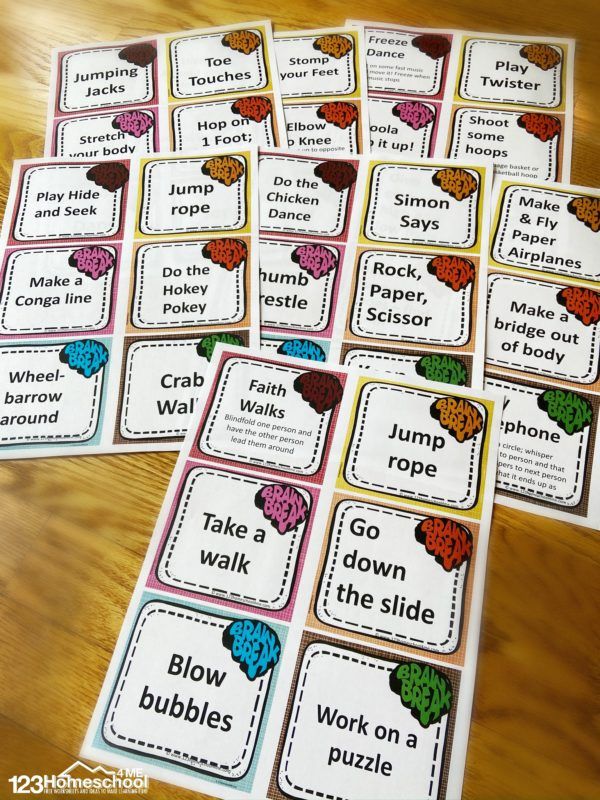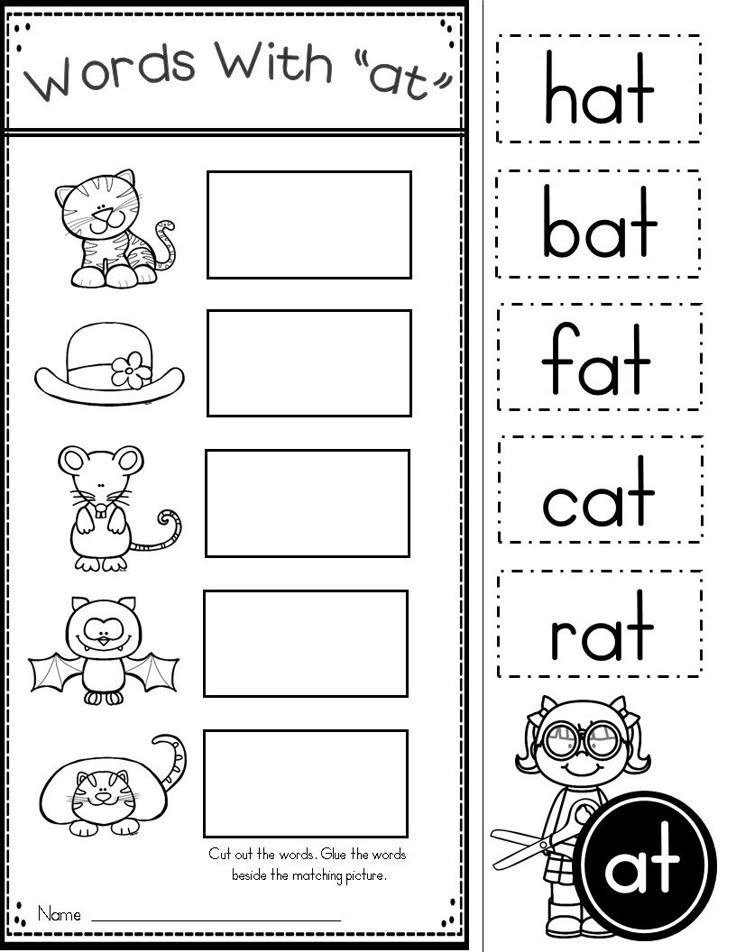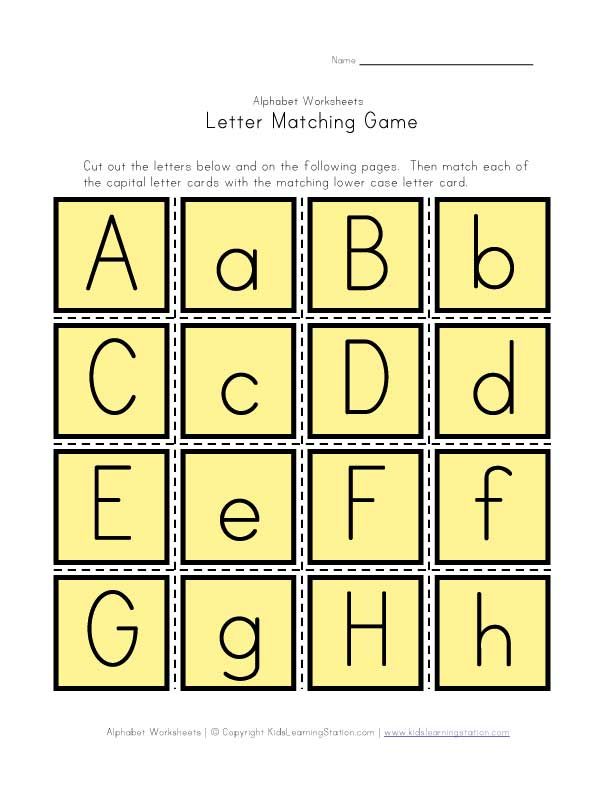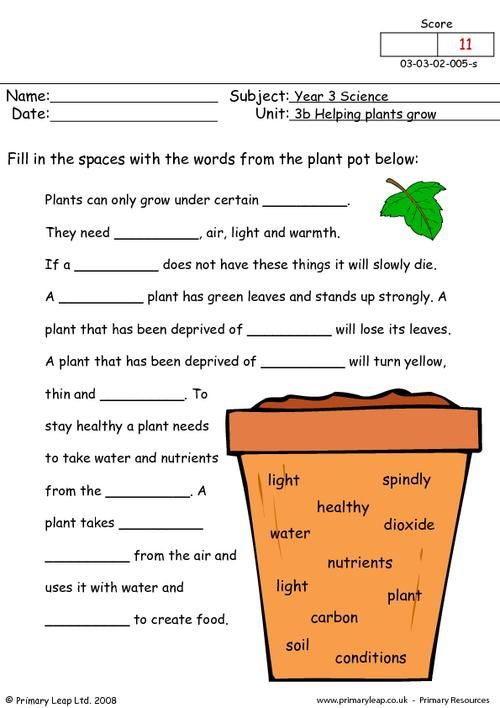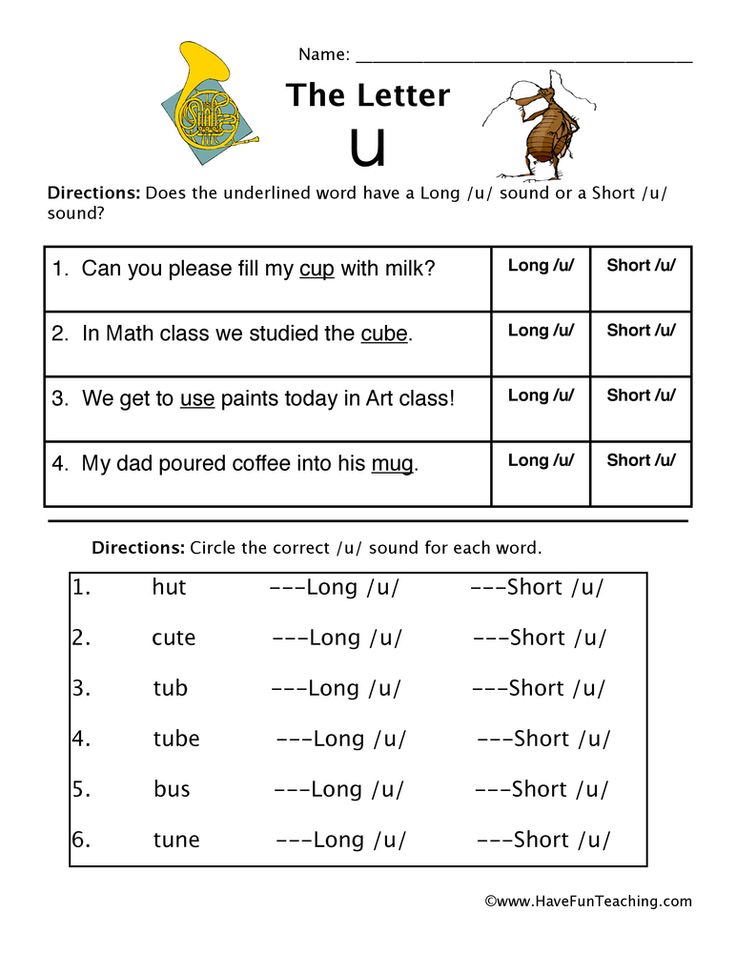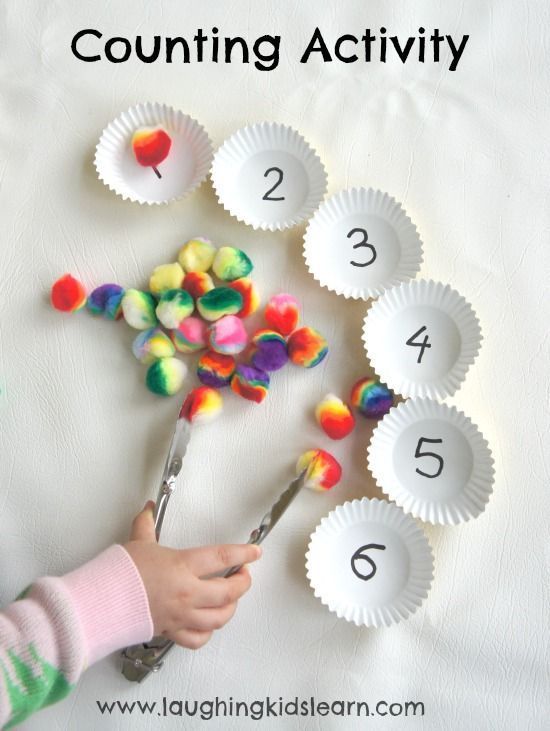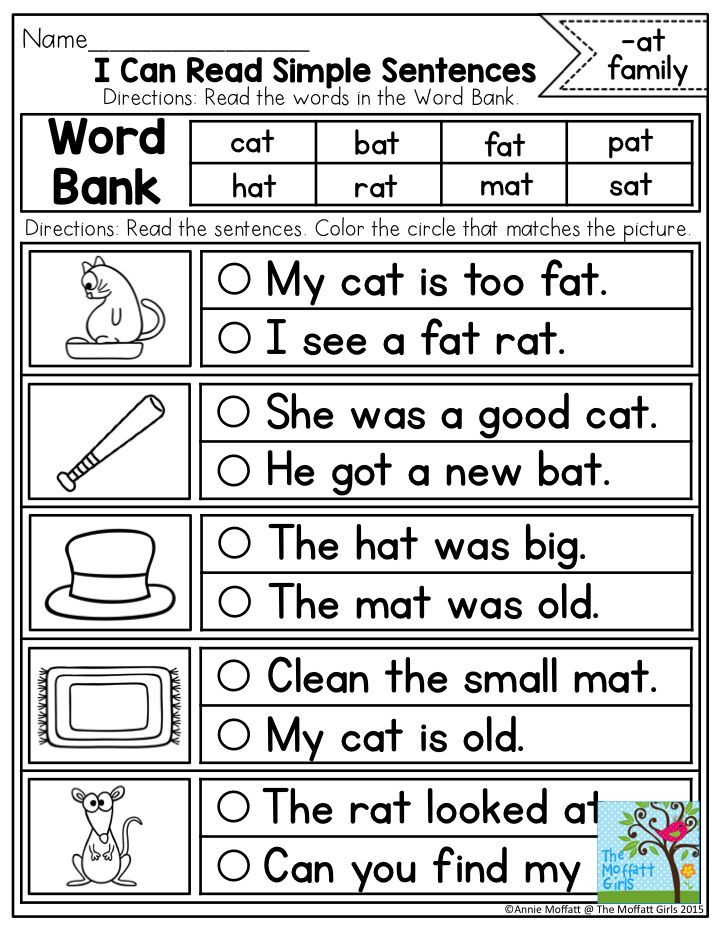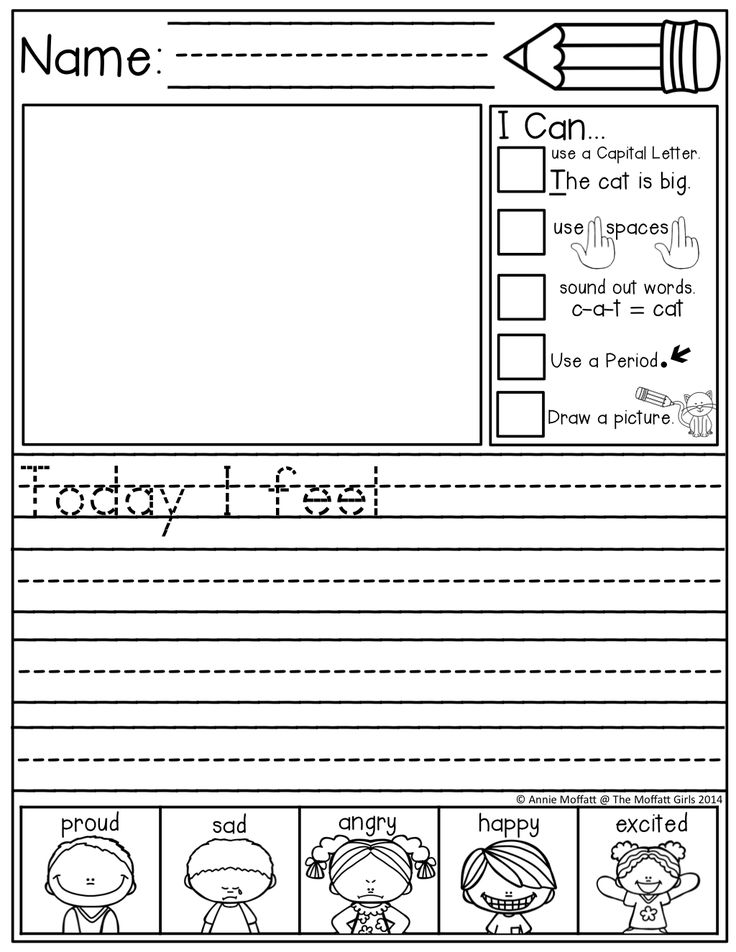Brain break ideas for kids
20 Fun & Easy Brain Break Ideas For Kids
Brain breaks - by whatever name you like to call them - are incredibly beneficial for kids, whether you're talking about physical health, social-emotional health, academic performance, stress relief, or brain functionality.
In fact, an August 2016 study, spearheaded by psychologist Kerrie Godwin and her team, found that on-task behavior actually declined among students as instructional periods increased from 10 to 30 minutes but remained high when instruction was given in blocks of 10 minutes instead. Of equally important note, a 2013 study found that physically active lessons in the classroom helped increase time-on-task behavior and attention span in school-aged children.
So why does all this matter? Simple, really: teachers and educators should be trying to incorporate movement-based brain breaks in the classroom if they really want to get the most out of their students' brains.
To assist, we've created a list of 20 fun brain break ideas for kids that are guaranteed to help them re-center and re-focus when they need it the most. We've also broken the categories down by type, such as active, social-emotional, and creative, to help fit any classroom or situation. Check out our list below!
Active Brain Break Ideas
1. Stretching
Stretching is an easy physical brain break idea that can be done right next to the students' desk. Simply have your students stand up, reach above their heads, touch their toes, move their hips in a clockwise and counter-clockwise rotation, or have them sit and stretch their hamstrings, glutes, quads, and calves. Spend five to 10 minutes stretching, depending on your classroom's individual needs.
STRETCHING Exercises Home Workout via Bobo P.E. on YouTube
2. Ball Toss
The ball toss is a super simple but infinitely repeatable activity you can do with a soft rubber ball, bean bag, or hacky sack. Try giving your students five minutes to hacky sack, or toss the hacky sack back and forth between groups of students. If you have a rubber ball, or even a rubber band ball, you can have your students bounce the ball as well.
Don't know how to hacky sack? Check out this awesome post from howtheyplay.com
3. Jumping Jacks
Who doesn't like to do jumping jacks? Like stretching, jumping jacks require no equipment and can be done right next to a student's desk. Try doing two sets of 10 jumping jacks, then assess your students' attention. If you feel they need more, try another set. The key is to get their brains re-focused and their hearts beating without getting them too riled up or sweaty, because let's face it: a classroom full of sweaty students isn't a great place to be.
Want to make the lesson more interactive? Check out "How to do Jumping Jacks" via Kid Explorer on YouTube.
4. The Big Four: Lunges/Planks/Push-ups/Squats
The big four - lunges, planks, push-ups, and squats - are guaranteed to get the blood flowing at virtually any grade level. Best of all, you won't need any weights - body weight will do just fine. Try doing one full rotation of five each - five lunges, five planks, five push-ups, five squats - then re-assess your students. These exercises can be done at the desk, but if you'd like to separate them from the desk, try having your students form their desks into a circle, then gather in the center and perform the exercises there.
These exercises can be done at the desk, but if you'd like to separate them from the desk, try having your students form their desks into a circle, then gather in the center and perform the exercises there.
5. Dance Routine
Dance routines are super easy to find on YouTube or on your favorite search engine - there are hundreds of thousands of them - and they also make for easy and fun brain breaks. The dancing gets kids up and moving, while the change in stimuli (such as following instruction on a screen as opposed to sitting at their desk) helps reset their brains and refocus their attention.
KIDZ BOP UK has a fun dance routine you can watch on YouTube!
6. Copy Cat
Copy cat is an easy active brain break idea that combines active play with memorization skills. You don't need any equipment for this exercise - simply place your students in pairs and have them mimic one another's movements. Have one student take the lead for half the time, then the other for the second half. You can also combine this activity with dance for a fun spin on the popular Dance Dance Revolution! game.
You can also combine this activity with dance for a fun spin on the popular Dance Dance Revolution! game.
7. Simon Says
Simon Says is another game that combines different types of skills; in the case of Simon Says, active play and listening skills. The key distinction in Simon Says is listening for a specific prompt (the key words Simon says) before performing the activity. Use an online "Simon" or be the Simon yourself!
Wondering how to play? Check out this resource from The Genius of Play.
8. Balloon Games
There are dozens of games you can play with a balloon - so why not add some balloon games to your brain break routine? Try playing common active games like volleyball, basketball, or ball toss with a balloon instead of a ball, or simply play "Keep Up" with the whole class! You will be amazed at the different sensory opportunities adding balloons can bring.
PBS Kids.org has a great resource dedicated to balloon games.
9. Floor is Lava!
Lava! is a game where players must walk a path and avoid certain spots on the floor to avoid being "out." Often, these spots block the path forward, so players must use their problem-solving skills to overcome the "lava" and navigate the path to the end. Try giving kids objects they can use to cross the lava, such as a piece of paper, and use poly spots for the lava.
This particular activity requires a bit of planning, but the payoff can be huge!
Wondering how to play? Try parents.com's "4 Fun Ways to Play 'Floor is Lava' at Home."
10. Combine Them All!
Combining these active brain break ideas is an excellent idea as well, since you can mix and match the exercises as you'd like. For instance:
- Take a 10-minute brain break involving one round of stretching, followed by two sets of 10 jumping jacks, then one rotation through the Big Four.
- Take a 10-minute brain break involving a round of stretching, then eight minutes of ball toss.
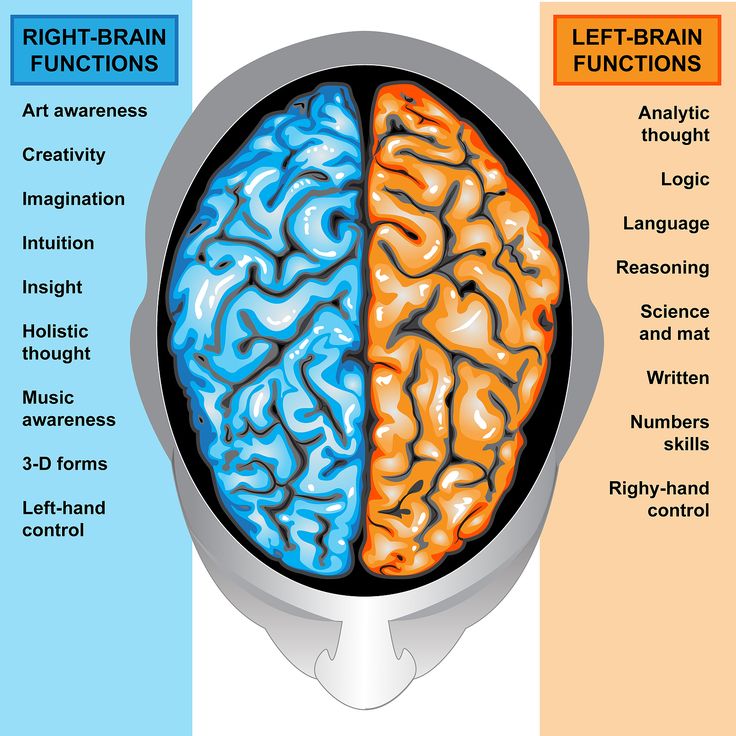
- Take a 10-minute brain break involving one set of 10 jumping jacks, six minutes of ball toss, then four minutes of stretching.
- Take a five-minute brain break by combining a dance routine with copy cat.
- Exercise Simon Says! Combine the "Big Four" with Simon Says for a fun 10-minute brain break.
Social-Emotional Brain Break Ideas
11. Yoga
Yoga has many benefits, such as reducing student anxiety and improving emotional regulation, strength, and flexibility. Yoga routines are also becoming more and more common in classrooms, so why not hop on the trend too? Be sure to try out different poses, such as downward dog, tree pose, star pose, and more, to add some variety to your routine!
Action For Healthy Kids has a great page dedicated specifically to children's yoga!
12. Mindful Breathing
Like yoga, mindfulness is another exercise that has become more common in schools, and for good reason - mindfulness is a powerful SEL tool for children of all ages and has many benefits.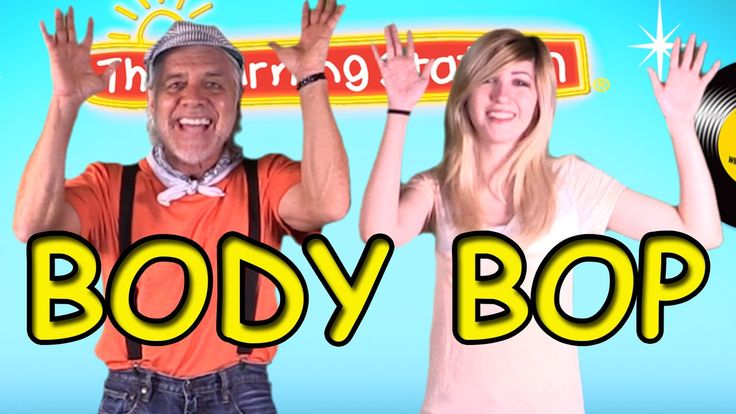 Mindful breathing, in particular, is a great way for kids to practice mindfulness, so try these different types of mindful breathing exercises for your brain break:
Mindful breathing, in particular, is a great way for kids to practice mindfulness, so try these different types of mindful breathing exercises for your brain break:
- Breathe in, breathe out. This is the simplest form of mindful breathing. Simply breathe in, hold for three seconds, then breathe out. Take another deep breath, hold for three seconds, and then breathe out.
- Deep Breathing. Simply breathe in as deep as you can, hold for three seconds, then breathe out all the air you can. There is no need to hold between sets; once you've exhaled all the air in your lungs, start again.
- Breathing as is. Also called Shamatha breathing, this exercise is meant to connect you with the natural inhale/exhale of your breath. There is no special breathing method required - everything is natural.
- Alternate Nostril Breathing. Inhale through your left nostril, then take your ring finger and close your left nostril. Exhale through your right nostril.
 After a few minutes, alternate to breathe in through your right nostril and exhale through your left.
After a few minutes, alternate to breathe in through your right nostril and exhale through your left.
A great explanation of five different kinds of breathing can be found via Everyday Health.
13. The Senses Game
The senses game is a fun little sensory-based activity where your students can explore their five senses. It combines mindfulness with the five main senses - sight, touch, taste, smell, and hearing - and allows your kiddos to re-center themselves at the same time.
Simply pick an item around the room, then have your kiddos identify that item with their eyes. Next, have them close their eyes and take a deep breath - what do they smell? Third, have them eat a snack and really taste the food. Let them think about it for a bit. Fourth, have them touch their clothes or any item nearby - what does the desk feel like? Is it warm, cold? How about their clothes? Is there something on their clothes, like a bead or a sparkle? Finally, have them close their eyes and listen to the sounds of the school building.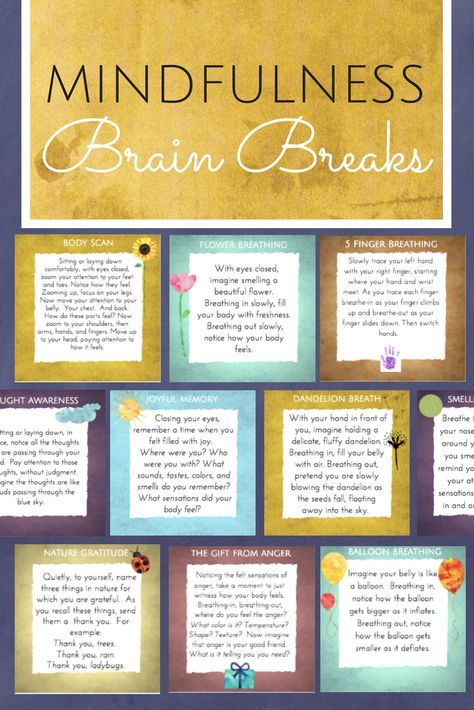 Can they hear any unique voices?
Can they hear any unique voices?
14. Indoor Peace Path by Soul Shoppe
The Peace Path by Soul Shoppe is an excellent social-emotional tool that is designed to stop conflicts before they happen. It comes as a playground stencil, but Soul Shoppe has also provided an excellent guide you can use to create your own peaceful brain break. Why not take a few poly spots (or pieces of paper) and walk through the Peace Path in your mind's eye? Set the children up in groups of two (or even larger teams) and guide them with Soul Shoppe's fantastic conflict resolution tool.
The Peace Path is also a great add-on to sensory pathways, sensory hallways, or sensory corners. For more info on sensory pathways, check out our blog post "Sensory Pathways: What the heck are those?"
15. Break the ice
Icebreaker activities are great for kids, even if you're in the middle of the school year. As you're well aware, not all your students in class talk with one another; some might even have issues making friends. Icebreaker activities are a great way to bring your class together and make friends with one another. It's also a great extension of the Peace Path.
Icebreaker activities are a great way to bring your class together and make friends with one another. It's also a great extension of the Peace Path.
Need inspiration? Try these 13 icebreaker ideas!
Creative Brain Break Ideas
16. Arts & Crafts
Arts and crafts are always an excellent brain break idea, especially after attention-heavy lessons like math and reading. Arts and crafts provide an opportunity for kids to really stretch their creative muscles, too. You won't need an art room for this particular brain break, either - a few pens, colored pencils, and construction paper will do just fine. There's no need to break out the messy paint or sticky glue!
Try these Easy, 10-Minute Crafts for Kids via The Spruce Crafts.
17. Coloring books
Coloring books are another great creative brain break because it provides some sense of structure while also allowing kids some bit of autonomy (based on the colored pencils they choose).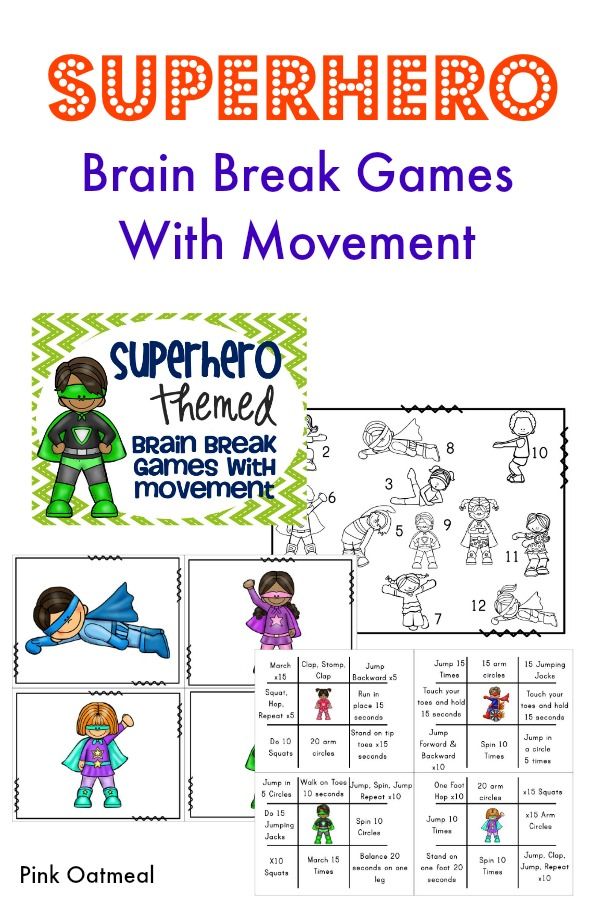 Keep a stack of coloring books in the classroom and give your kiddos a five to 10-minute brain break to color. Try and provide a wide range of coloring book options, such as fantasy adventures, popular superhero characters, animals, buildings, landscapes, etc.
Keep a stack of coloring books in the classroom and give your kiddos a five to 10-minute brain break to color. Try and provide a wide range of coloring book options, such as fantasy adventures, popular superhero characters, animals, buildings, landscapes, etc.
18. Journaling
Journaling is another excellent creative brain break idea. Buy a stack of cheap paper journals from your local arts & crafts store and have your kiddos put their names on them, then collect the journals after each journaling session. A journaling session needn't be long - five or 10 minutes will suffice - but it will give kids a chance to self reflect on their day. If your students need more hands-on attention, try providing them with a few writing prompts to get them started, such as these:
- How was my day today? What is one thing I think I did a good job on? What is one thing I think I can improve for tomorrow?
- What was the hardest lesson I learned in school today?
- What was my favorite part of today?
- What is one thing I'm looking forward to doing tomorrow?
- What was my favorite classroom lesson today?
19.
 Play dough
Play doughPlay dough is another excellent creative brain break (it also happens to be an awesome item for your sensory bin!). Keep a few containers of play dough and let your kids construct whatever they wish. Do they want to build a castle? Awesome! How about create a Play dough family? Cool!
20. Make a sensory bin
Sensory bins are incredibly popular among the occupational therapy community. They are becoming increasingly common in classrooms too. A sensory bin is a bin made up of various stimulating items, such as marbles, sand, rice, sticky animals, stress balls, corn kernels - anything really - and can be easily stored and used at will. Every classroom should have a sensory bin!
Little Bins, Little Hands has a great guide on how to create your own sensory bin.
Updated 3/24/2022
54 Educational Brain Breaks Your Students Will Love
I don’t know about you, but when I sit through a faculty meeting or professional development session of any sort, I start getting antsy by the 30-minute mark.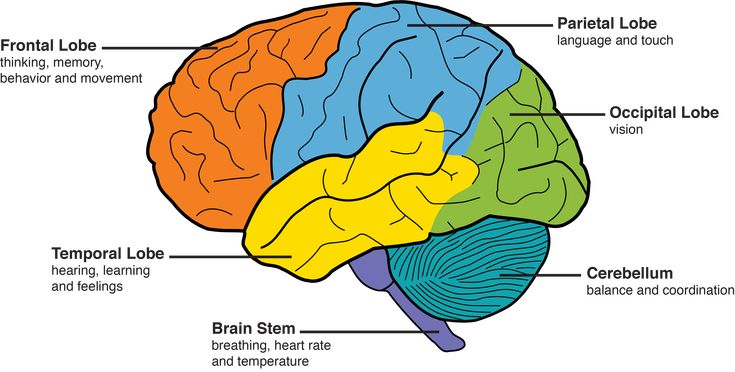 If you can relate, just imagine how your students must feel when they’ve been sitting for too long. Educational brain breaks are the perfect way to help your students redirect their energy and focus when they start to fade.
If you can relate, just imagine how your students must feel when they’ve been sitting for too long. Educational brain breaks are the perfect way to help your students redirect their energy and focus when they start to fade.
I find it super-beneficial to incorporate quick mindful, physical, and mental check-ins with my students as a regular part of my classroom routine. These breaks include all types of movement, yoga and breathing exercises, as well as jokes, quick videos, and more. The activities I use have helped me throughout my lifetime, so I love sharing them with my students. Here are my favorite educational brain breaks that are sure to increase productivity and give your kids a much-needed way to unwind before the next lesson.
Mindful Educational Brain Breaks
1. Use transition times for mental check-ins
Transitions are a big part of the elementary school day. When I first started teaching 19 years ago, I was surprised by just how much time it takes to get ready for specials or to bring students back from centers. It’s hard not to feel like that’s lost time. That’s why using transition time for mental health check-ins is such a game changer. Mental health check-ins can help students get in touch with their emotions, refresh and recharge, acknowledge and cope with negative thoughts and overwhelming feelings, and be more focused throughout the day.
It’s hard not to feel like that’s lost time. That’s why using transition time for mental health check-ins is such a game changer. Mental health check-ins can help students get in touch with their emotions, refresh and recharge, acknowledge and cope with negative thoughts and overwhelming feelings, and be more focused throughout the day.
2. Pretend to breathe like an animal
Source: Stephanie Sanders
This video shows students how to pretend to breath like some of their favorite animals. The snake breath involves hissing while slithering from side to side, while the whale breath has students pretend to breathe out through a blowhole! Tap into creativity by picking other interesting animals and acting them out through breath.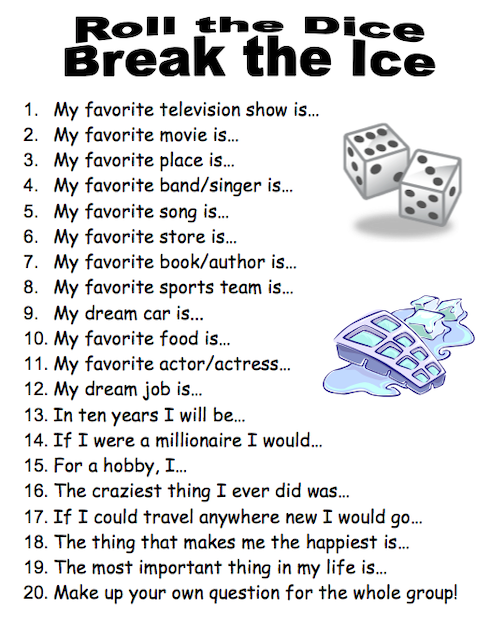
3. Do a 10-minute guided meditation
These guided meditations are educational and are perfect to use as brain breaks whenever you and your students just need to breathe. Catch your breath with any of these 20 guided video meditations.
4. Practice “focus ball” breathing
Walk your kids through the following exercise: Stand or sit with legs and feet together. Bring your palms together in front of your chest. Keep your fingertips touching as you pull your palms apart, forming a ball with your fingers. Press your fingertips together until you feel the muscles in your hands and arms activating. See if you feel your core tighten too. Now close your eyes and as you breathe in, inflate your ball, and as you breathe out, flatten the ball by pushing your palms together. (Repeat these instructions for 60 seconds).
Learn more: Mindful.org
5. Try the old ear-nose switcheroo
This is a quick and easy challenge to reset the brain. Instruct kids to touch their left ear with their right hand and at the same time touch their nose with their left hand. Then have them switch their hands and touch their right ear with their left hand and their nose with their right hand. Switch back and forth a few times. Then have them close their eyes, take a deep breath, and blow it all out.
Learn more: YouTube: Ear-Nose Switch
6. Take a yoga break
Source: The Pyjama Foundation
Inspire kids to move, stretch, and practice mindfulness with yoga. These printable yoga cards make it easy to incorporate yoga into your educational brain breaks. Each page includes a picture and description of the pose, and each page includes poses of increasing difficulty from level 1 to level 5.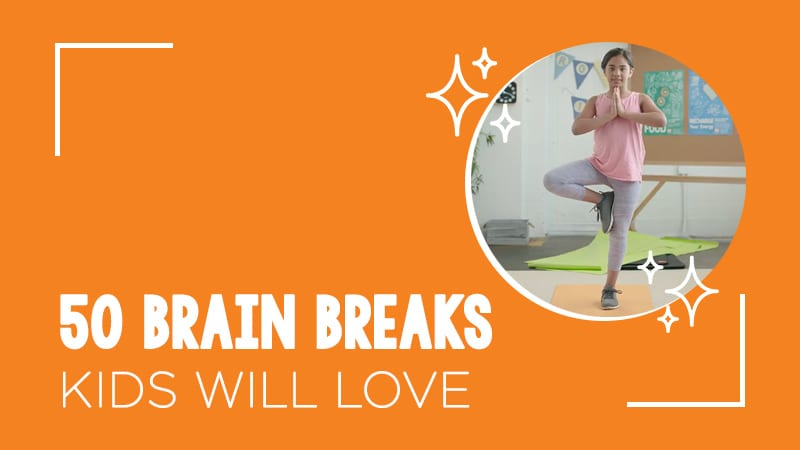 And don’t worry, it’s not a huge time commitment. The sequence on each card is designed to take only a few minutes.
And don’t worry, it’s not a huge time commitment. The sequence on each card is designed to take only a few minutes.
7. Stretch it out
It’s never a good idea to spend too much time sitting in one position. Allow kids to take a break and bring some flexibility back into their spines. Have them stand with their feet shoulder-distance apart. Put their left hand on their hip and raise their right hand overhead. Lean to the left and stretch their arm as far as they can to the left. Repeat on the right side. Then stand tall and slowly roll down one vertebra at a time until their hands reach the floor (or at least their shins). Have them take a deep breath then slowly roll back up. Repeat as necessary.
Learn more: Mom Junction
8. Focus on sound
Have kids sit quietly with their eyes closed. Ring a chime or gong. Have them listen carefully to the chime, feeling the vibration in their body as the sound reverberates and then slowly fades. Tell them to breathe slowly and deeply as they focus on the sound.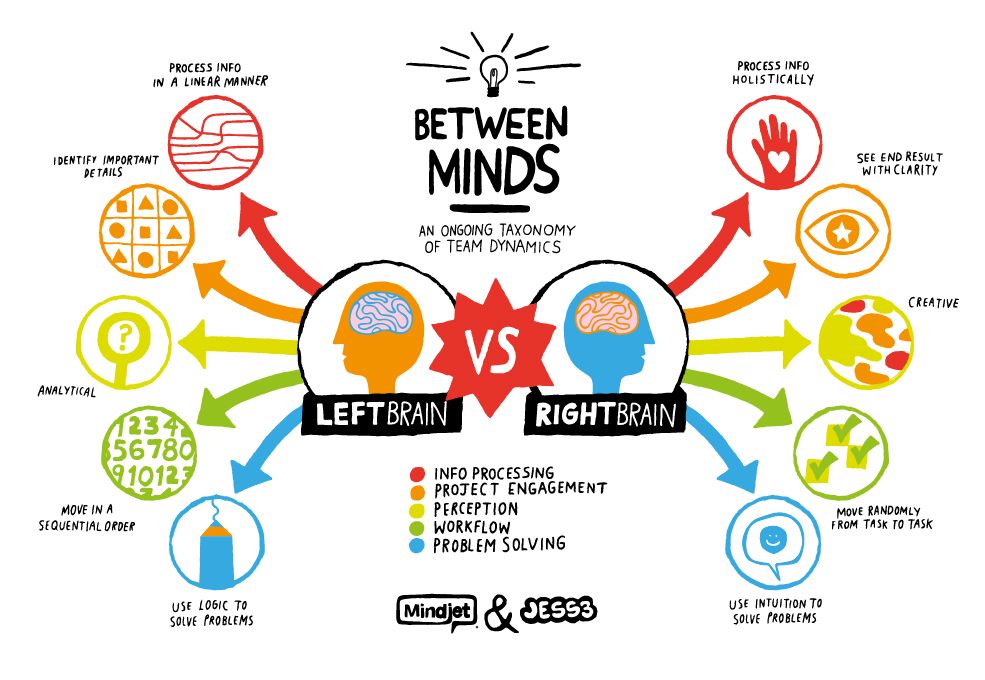
9. Do a quick mindfulness activity
Mindfulness activity cards provide great educational brain breaks. Stash a pack in your desk and pull them out whenever you need them. Each card will give a prompt for kids to try that will let them refocus and recharge. Perfect for moments when you need to bring down the energy in the room.
Buy it: Mindfulness Cards for Kids at Amazon
10. Chill out with this cross-body exercise
Have kids stand tall and cross one leg in front of the other while pressing the outsides of their feet together. Now have them cross their arms over each other at the wrists. Clasp their hands and curl their arms into their chest. Take a few breaths, and uncross and cross the opposite way for a few more breaths.
11. Float with jellyfish
When you really need to take the energy in your room down a notch, turn off the lights, set a timer, and put on a calming video.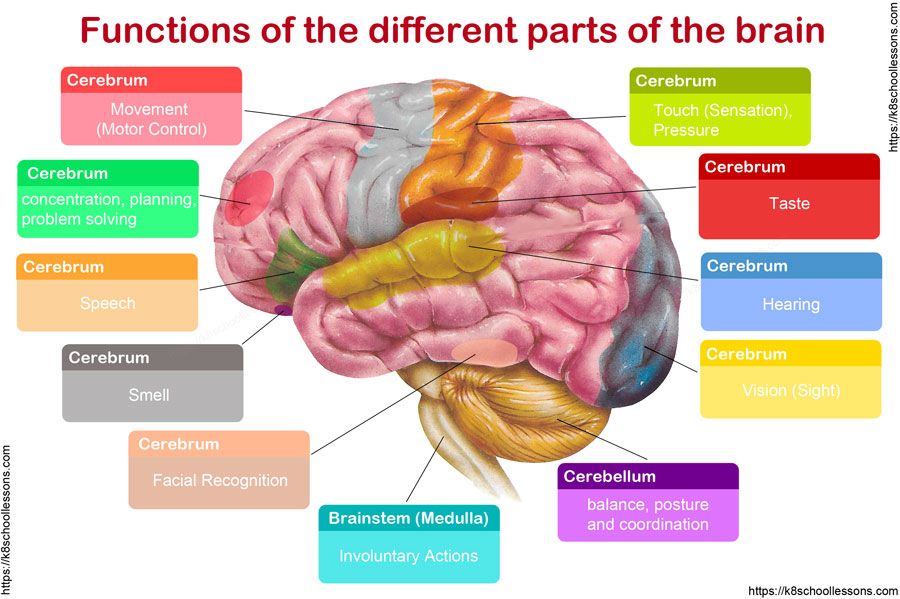 For example, Cat Trumpet put together a jellyfish aquarium video where kids will find themselves under the brilliant blue sea in the middle of a swarm of jellyfish. They’ll be mesmerized by the slow, fluid motions and lulled into calmness by the soothing music.
For example, Cat Trumpet put together a jellyfish aquarium video where kids will find themselves under the brilliant blue sea in the middle of a swarm of jellyfish. They’ll be mesmerized by the slow, fluid motions and lulled into calmness by the soothing music.
12. Break out the hot hands
This is a good break when you sense a weariness in the air. Have kids rub their hands together vigorously until they warm up. Tell them to close their eyes and place their hands over their eyes. Instruct them to breathe deeply as they clear their minds and refocus.
13. Try cat and cow poses
Source: Flow and Grow Kids Yoga
Have kids start on all fours and then give them the following instructions to complete the cat and cow yoga poses: Place your shoulders over your wrists and hips over your knees. Arch your back to the sky and tuck in the tailbone (cat pose). Let your head fall between your arms. From there, sink the belly towards the ground, and lift the chest and chin (cow pose).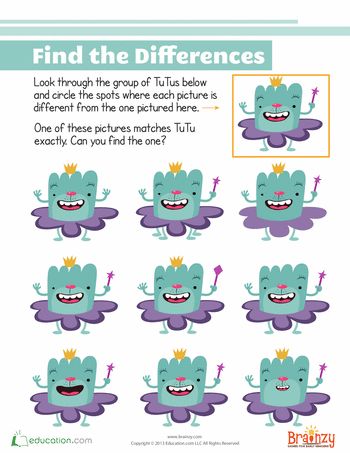 Gently alternate between the two poses while breathing deeply.
Gently alternate between the two poses while breathing deeply.
14. Do nothing for two minutes
Never underestimate the power of stillness. When the energy gets a little ramped up, and it’s time for the entire class to take a pause, have them drop everything and glue their eyes to the screen as you show this countdown. The gentle lulling of the waves and the sight of the sun sparkling off the water will reset their nervous system in a jiffy.
Learn More: Calm
15. Spread your wings (in slow motion)
Walk your kids through this winged movement: Sit cross-legged on the floor. Stretch your arms down by your sides with your palms facing inward toward your body. Slowly raise both arms while rotating hands forward. When your arms reach shoulder level, your hands should be facing forward. Continue raising arms, slowly rotating palms so that by the time hands are overhead, palms are facing each other. Slowly lower arms, repeating the rotation (palms facing each other, palms facing forward, palms facing sides) until they are once again resting at your sides.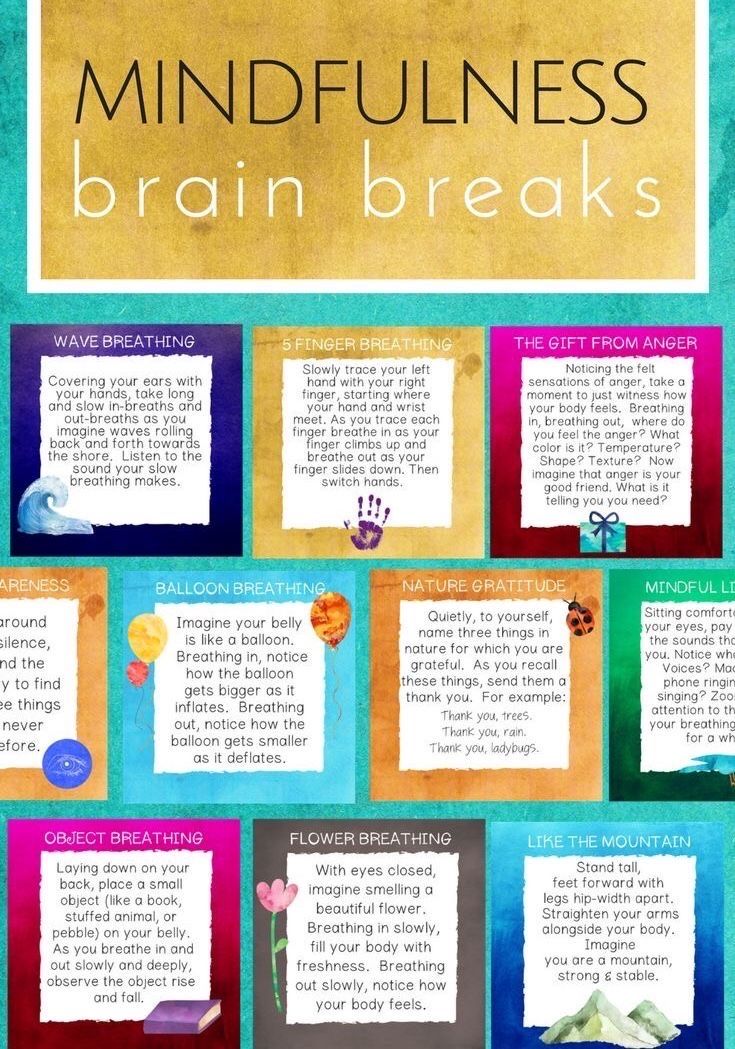 As you raise and lower your arms, stretch them as long as you can, as if you are scraping the sides of the room and the ceiling. Repeat slowly three times, breathing deeply.
As you raise and lower your arms, stretch them as long as you can, as if you are scraping the sides of the room and the ceiling. Repeat slowly three times, breathing deeply.
Physical Education Brain Breaks
16. Play Silent Ball when you have downtime
You can play a quick game of Silent Ball anytime, anywhere. Play a quick three-minute game right before dismissal or before transitioning to a new activity. All you need is a small squishy ball. The rules are simple: 1) stay quiet and 2) don’t drop the ball when passing it around. This activity is one of those educational brain breaks that builds a positive classroom community, fosters friendly competition, and boosts nonverbal communication. Enjoy the silence.
17. Line up in unique ways
Kids are very social and curious beings. Most of them love to chat with one another at any chance they can get. Lining up to leave the room for anything is the perfect chance for them to mix and mingle. Make a more productive use of this time by having students line up in special ways.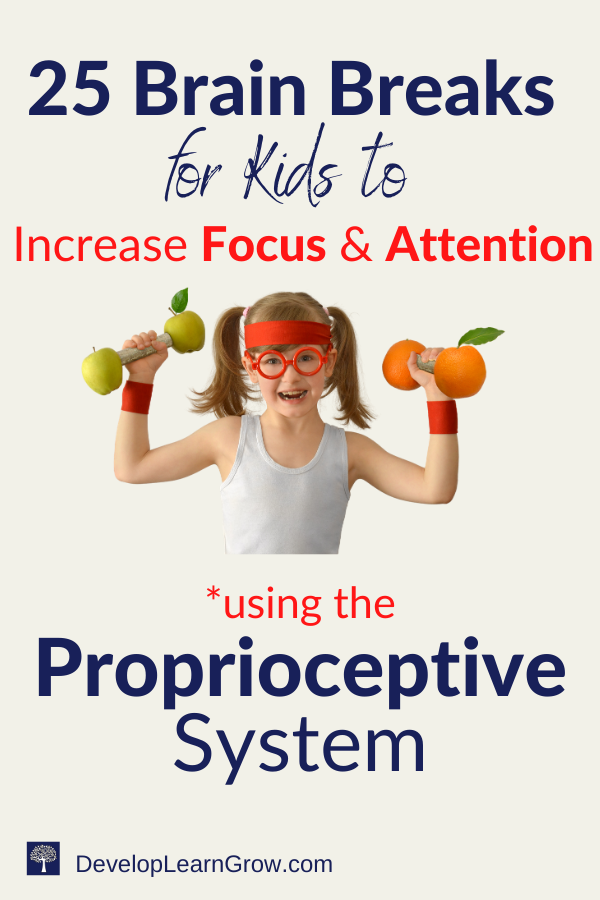 Some fun ideas include lining up in alphabetical order by name, by birth date, or by height order.
Some fun ideas include lining up in alphabetical order by name, by birth date, or by height order.
18. Just jump!
Sometimes kids just need to bounce their energy out. Have them pretend they are bouncing on a mini-trampoline (this will keep their movement on a vertical plane instead of all over the room), and give them a couple of minutes to let loose!
19. Take a cue from the stadium
Here’s one for a group of kids—start the wave! Beginning at one end of the room, kids stand up and throw their arms overhead, bringing them back down as they return to their seats. Each row follows until you reach the other end of the room. Amp it up by encouraging your kids to tap their feet or tap their hands on their legs so that they are in constant motion. This activity works great on Zoom too!
20. Stir the pot
Have kids visualize they are standing in front of an enormous cauldron. Inside the cauldron is an ooey-gooey pot of caramel. Take hold of a large stirrer and plunge it to the bottom of the pot.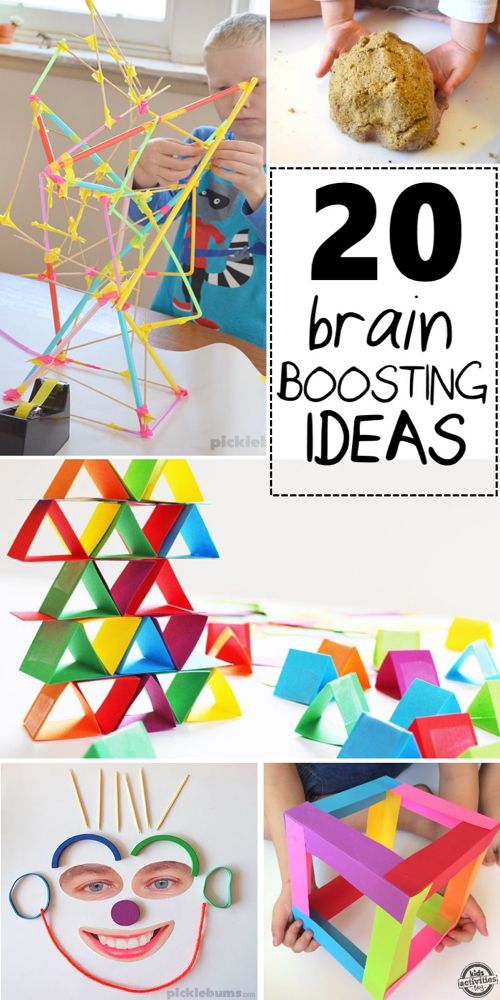 Slowly begin to stir in a clockwise direction. Have them use their whole body to help get a full range of motion in their wrists and shoulders. Instruct them to throw their hips into the action. After a minute or two, reverse the direction.
Slowly begin to stir in a clockwise direction. Have them use their whole body to help get a full range of motion in their wrists and shoulders. Instruct them to throw their hips into the action. After a minute or two, reverse the direction.
21. Make it rain
Conjure up a rainstorm! Sitting or standing at a desk or table, have kids tap one finger on the desk, then two, then three, then four, then their whole hand until you all feel like you’re in the middle of a deluge. Work your way backward from five down to one as the storm ebbs away.
22. Energize with these
First, instruct kids to touch their left elbow to their right knee, then touch their right elbow to their left knee. Switch back and forth, going slowly at first, building speed until they are going at a vigorous pace. Next, do some windmills by standing tall with their feet shoulder-width apart and their arms stretched out. Bend at the waist and touch their right hand to their left toes, then their left hand to their right toes. Switch back and forth.
Switch back and forth.
23. Make X’s and O’s
Walk kids through the following exercise: Sitting in a chair with your feet on the ground and legs together, curl your body into your lap, folding yourself into a tiny O shape. Next, open your arms and legs wide, forming an X shape with your body. Pull back into an O shape, then back out to an X shape. Repeat three times.
24. Energize in 5, 4, 3, 2, 1
Get hearts pumping with a quick sequence of exercises. Call out five actions for your students to do as quickly as they can. For instance, five jumping jacks, four push-ups, three sit-ups, two squat jumps, and one tree pose.
25. Take a cruise on an imaginary skateboard
Have your kids line up next to a wall and place one hand on the wall. Tell them to plant the foot closest to the wall and swing the other leg, as if pushing off the ground on a skateboard. Start slowly, with tiny swings, moving up to power pushes. Repeat on the other side.
26. Take a break to groove
Music is a great way to reset the mood in a room and raise the energy level. Put on a fun song and have a 30-second freestyle dance party. Here’s a big list of school-appropriate songs for kids.
Put on a fun song and have a 30-second freestyle dance party. Here’s a big list of school-appropriate songs for kids.
27. Or take it to the next level
Teach your kids the steps to popular dances such as the Cha-Cha Slide, the Macarena, or the Kidz Bop Shuffle.
28. Ramp up with a round of cherry pickers
This easy activity will get your students’ hearts pumping and give their brains a boost. Have them jump up off the ground, then down to the floor into a push-up position. From there, instruct them to hop their feet up into a frog position, then pop up to a standing position.
29. Clap on, clap off
When you say “clap on,” kids clap their hands vigorously together. When you say “clap off,” they stop as quickly as they can and freeze. Or follow along with this a fun video.
30. Skip it out
When the energy is fading and kids need to get their blood flowing, put on a peppy song and pull out the imaginary jump ropes. Have kids skip or jump rope in place until the song ends.
31. Make like a blender
Tell kids it’s time to make fruit smoothies. Ask them to pretend they are in a blender and they are strawberries (or blueberries or bananas, etc.). Dramatically pour orange juice or yogurt into the air in front of you. Tell kids when you flip the switch that they need to wiggle and jiggle (separately, not together) until they are each individually blended up. Start with a slow speed, moving up to medium speed, fast speed, and finally turbo speed.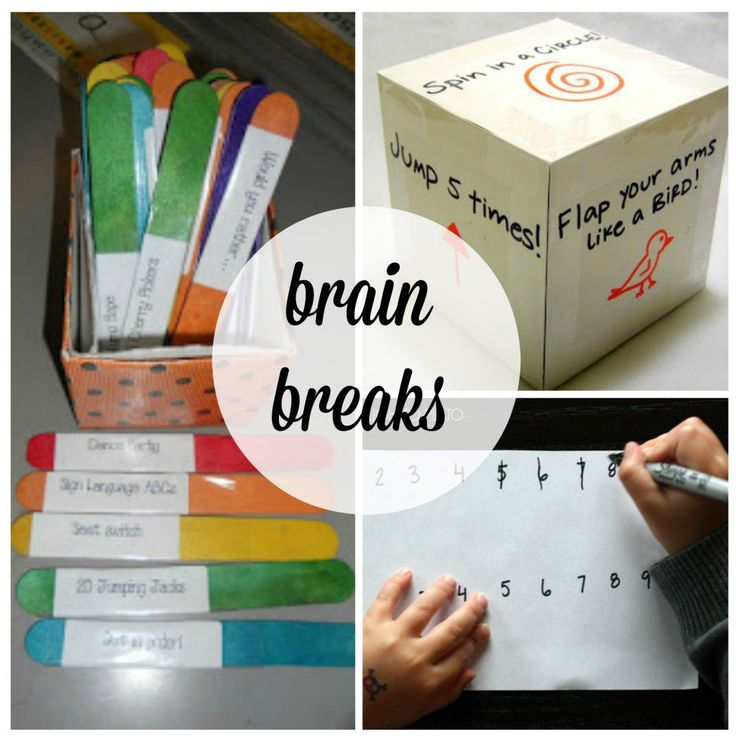 And then reverse it! Start at turbo speed and go back to slow speed.
And then reverse it! Start at turbo speed and go back to slow speed.
32. Celebrate with a silent cheer
This activity is perfect for the end of an activity or a sustained amount of work time—especially for kids who are learning remotely. Let kids stand up and silently cheer and gesture in celebration. How animated can they get?!
33. Do a full-body workout
This kid-friendly exercise video is great for your body and brain! Kids can follow along through a set of workout moves that will get their blood pumping.
34. Play popcorn
Students will all be sitting in their chairs, and at any time, a student can jump up and say, “Pop!” Once they do, that student remains standing.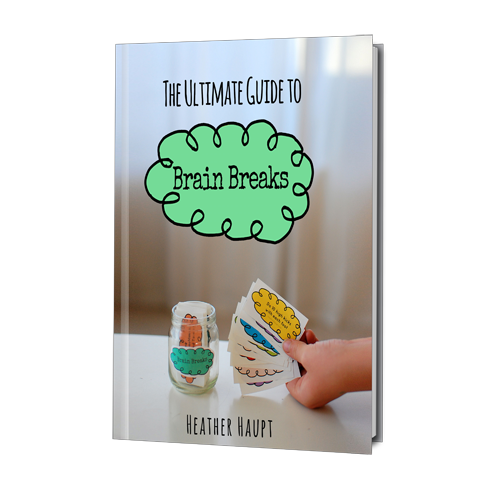 If two students pop up at the same time, everyone takes their seats, and the game starts over. How quickly can the entire class pop without having to start over?
If two students pop up at the same time, everyone takes their seats, and the game starts over. How quickly can the entire class pop without having to start over?
35. Hit the wall
Pushing against a solid object is a good way to displace extra energy from your body. Have kids stand facing a wall with their arms stretched out in front of them, palms on the surface of the wall. Push the wall away with all their strength for a count of ten. Relax for five seconds, then push again. Other activities they can do at the wall include calf stretches and wall push-ups.
36. 3, 2, 1 blastoff!
Instruct kids to stand and then squat down with their hands on the ground in front of them. All together, count down 3, 2, 1. When you get to zero, they should push up like a rocket, jumping as high as they can—letting all of their energy burst from their center.
37. Quick as a snap, wink
This is a quick and easy refocusing activity. Tell kids to snap their left fingers while they wink their right eye.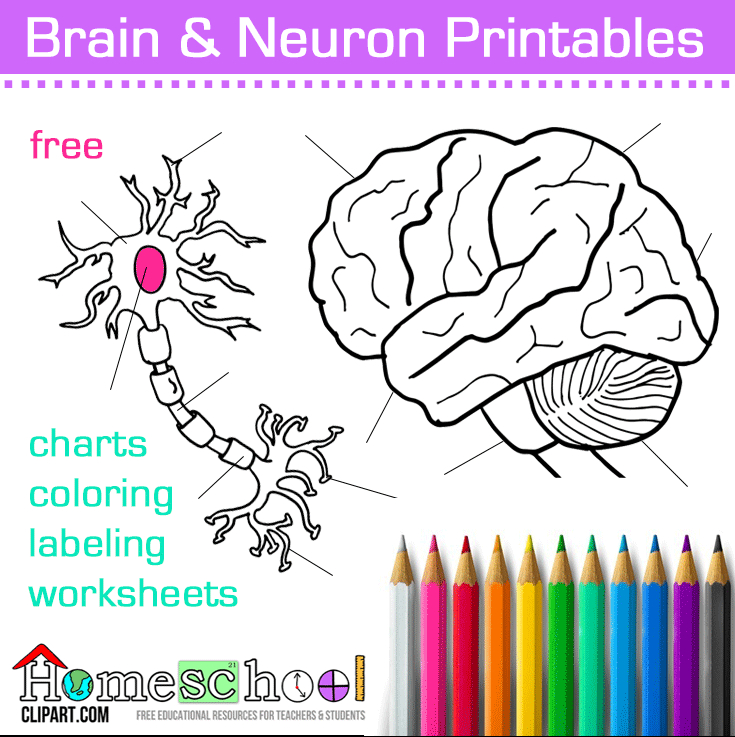 Switch to snapping their right fingers while winking their left eye. This activity is particularly effective for younger learners who may find both activities challenging.
Switch to snapping their right fingers while winking their left eye. This activity is particularly effective for younger learners who may find both activities challenging.
38. Balance break
A great way to get kids out of their chairs is to practice balance. Have them hop on one foot. Then up the ante by having them stand on one foot and bend their other knee out in front of them.
39. Tabletop push-ups
Kids can use their desk, a chair, the side of their couch—anything really. Have them place their hands on the table and focus their eyes in the center, moving down slowly and pushing back up.
40. Try some facial gymnastics
Have kids get their silly on for 30 seconds. Tell them to wiggle their eyebrows up and down as fast as they can. Then try to raise one eyebrow at a time.
Mental Brain Breaks That Are Educational
41. Take a comedy break
Comedy is a great release when the atmosphere is feeling a little intense. Show a funny video clip or have kids volunteer to tell a joke or pose a few silly riddles. We have compiled a number of jokes by theme on WeAreTeachers for kids of all ages for guaranteed laughs. For example, your students will love one of our most recent additions, 34 Cat Jokes for Kids. From there, you can find dog jokes, seasonal jokes, food jokes, and much more.
We have compiled a number of jokes by theme on WeAreTeachers for kids of all ages for guaranteed laughs. For example, your students will love one of our most recent additions, 34 Cat Jokes for Kids. From there, you can find dog jokes, seasonal jokes, food jokes, and much more.
42. Share fun facts
In addition to joke compilations, we have plenty of fun fact lists on our site with themes that will thrill your students. Plus they’re an educational way to teach your students new information during brain breaks. Get started with these fun feline facts to accompany the jokes above. Meow!
43. Practice another language
Source: startasl.com
Teach your kids the alphabet in sign language. Use brain breaks to practice by singing the ABCs while signing the letters. Then practice vocabulary words by spelling them out loud while signing the letters.
44. Find out how it’s made
Remember that classic Sesame Street video about how crayons are made? We watched in awe as crayons rolled off the assembly line, wrapped in paper, and then slipped into those familiar cardboard boxes.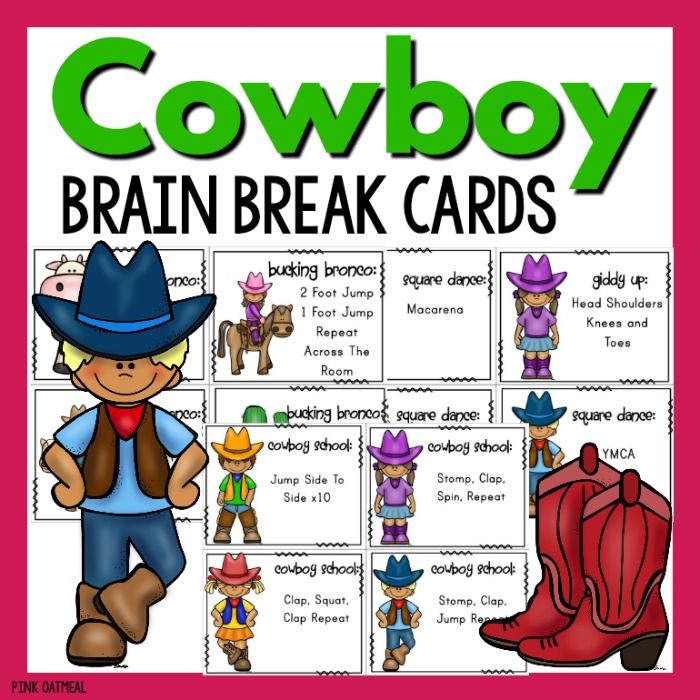 Kids today are just as fascinated by how things are made! Here are our favorite videos about how things are made—from fireworks to LEGO.
Kids today are just as fascinated by how things are made! Here are our favorite videos about how things are made—from fireworks to LEGO.
45. Take a doodle break
According to researcher Mary Helen Immordino-Yang, downtime is essential for brain health. Kids need time for their growing brains to integrate and process the vast amount of information they receive each day. In other words, it is actually beneficial to give our kids time to allow their minds to wander. Try this: Set a timer for three to five minutes and let kids silently doodle with pencil and paper or a dry-erase board and marker while soft, calming music plays in the background.
Learn more: Sage Journals
46. Try a directed-drawing activity
Directed drawing activities walk your students through the process step-by-step so anyone can create their very own masterpiece.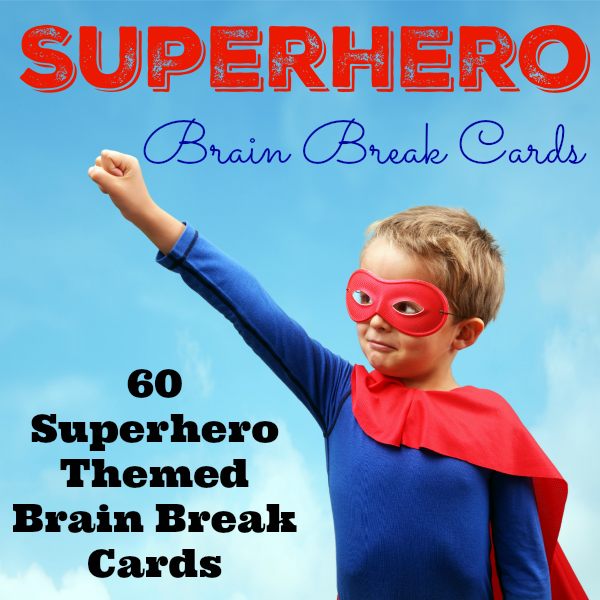 Teachers can lead the session by drawing on the whiteboard or chart paper while students follow along. Even better, there are plenty of videos on YouTube that lead the lesson, giving you a little break too. We have done the work and gathered some our favorite free directed-drawing activities for kids. Grab your favorite art supplies and get creative!
Teachers can lead the session by drawing on the whiteboard or chart paper while students follow along. Even better, there are plenty of videos on YouTube that lead the lesson, giving you a little break too. We have done the work and gathered some our favorite free directed-drawing activities for kids. Grab your favorite art supplies and get creative!
47. Gather your favorite GIFs
Make a slideshow of your favorite GIFs and have your kids act them out. Funny animals are a good place to start!
48. Find the object
Kids don’t even have to get out of their seats for this one, but they can! Have one student start by finding an object and saying, “I see something beginning with the letter [fill in the blank].” The first person to guess the item correctly gets to choose the next object. This can be a fun one to play on Zoom too! You can have kids add in additional clues to help.
49. Clap for a little call-and-response
Pep things up with a little call-and-response clapping.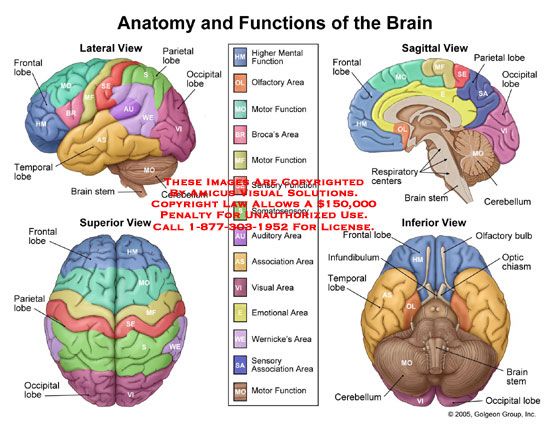 It’s simple to do and is often used in the classroom to get students’ attention. Simply clap out a pattern that your kids will repeat back to you. Switch out the pattern a few times until everyone is focused and engaged. Alternatively, try a vocal call-and-response. Sing out a few riffs and have kids echo the tune back to you.
It’s simple to do and is often used in the classroom to get students’ attention. Simply clap out a pattern that your kids will repeat back to you. Switch out the pattern a few times until everyone is focused and engaged. Alternatively, try a vocal call-and-response. Sing out a few riffs and have kids echo the tune back to you.
50. Color yourself mellow
Even grown-ups have picked up on the coloring craze as an excellent way to calm down and zone out. Put on some nice mellow background music, set a timer, and pass out some of these free mandala coloring pages.
51. Try a brain-break spinner
One way to make sure educational brain breaks are effective is to change up activities. Check out these online movement spinners for Wheel of Fortune–type games that help you add variety to brain breaks!
53. Would You Rather?
Students of all ages love participating in Would You Rather? videos, which can be found all over YouTube these days. Each video is approximately 8 minutes long, and students are given two scenarios where they choose which one they would rather participate in. Topics range from food items to activity choices to places to visit and more. As students choose the scenario, they move to either the right or left side of the room. Students then perform 30-second rounds of a specified exercise before repeating the process with another choice. Some of our favorite Would You Rather? channels include PE with Mr. G, Phonics Man, and Fix and Play. Students love when their teacher participates with them in the fun!
Learn more: PE With Mr. G
52. Write it out
Don’t underestimate the power of journaling or creative writing.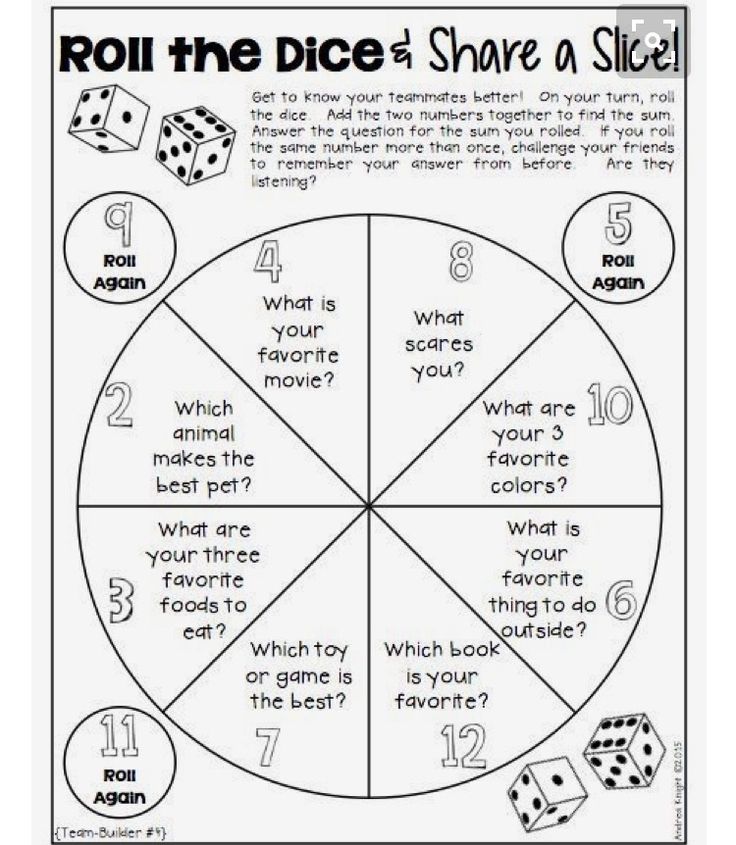 Give your kids a 5- or 10-minute break to open up a page of their notebook and write about anything they’d like. They don’t have to share it with the class or do anything else with it; just use the quiet time to focus on something they love and want to write about.
Give your kids a 5- or 10-minute break to open up a page of their notebook and write about anything they’d like. They don’t have to share it with the class or do anything else with it; just use the quiet time to focus on something they love and want to write about.
Educational Video Brain Breaks by Grade Level
54. Brain-break compilations by grade level
If you are looking for a sample of brain breaks suitable for your students by grade level, look no further. We have created separate links of 25 videos each for individual grades at the elementary level. Go down the list and find your favorite!
Kindergarten Brain Breaks
First Grade Brain Breaks
Second Grade Brain Breaks
Third Grade Brain Breaks
Fourth Grade Brain Breaks
Fifth Grade Brain Breaks
What educational brain breaks do you love? Share them in the comments!
Looking for more articles like this? Be sure to sign up for our newsletters!
Top 10 Fun Brainstorming for Students in 2023
Unlike trigonometry, brainstorming is one of those high school skills that actually will come in handy in adulthood. However, teaching brainstorming techniques and trying to get students enthusiastic about groupthink sessions, whether virtual or in the classroom, is never an easy task. So, these 10 fun brainstorming sessions for students are sure to change their minds about groupthink.
However, teaching brainstorming techniques and trying to get students enthusiastic about groupthink sessions, whether virtual or in the classroom, is never an easy task. So, these 10 fun brainstorming sessions for students are sure to change their minds about groupthink.
- #1: Desert Storm
- #2: Storm of Creative Use
- #3: Parcel Storm
- #4: Shitstorm
- #5: reverse storm
- #6: Connect Storm
- #7: Nominal group storm
- #8: Celebrity Storm
- #9: Storm in the Tower
- #10: Synonym Storm
- More tips with AhaSlides
More tips with AhaSlides
- Virtual Brainstorming
- Group Brainstorming
Free live brainstorming.
Conduct organized brainstorming sessions for students in the classroom. Students submit ideas and vote for them using only their phones (template attached).
🚀 Try it for Free
s
Individual Brainstorming for Students
These 5 in-class brainstorming sessions are suitable for individual brainstorming.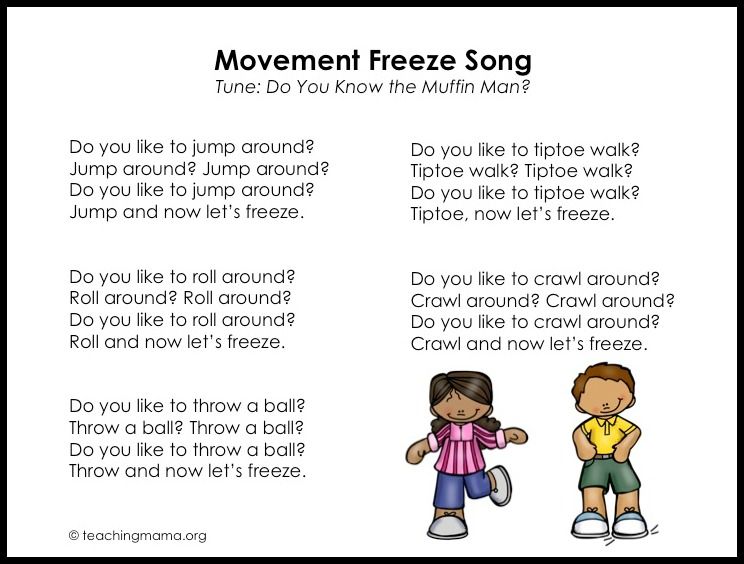 Each student in the class presents their ideas before the whole class discusses all the ideas presented together.
Each student in the class presents their ideas before the whole class discusses all the ideas presented together.
💡 Don't forget to check out our quick guide and sample questions for a school brainstorming idea!
#1: Desert Storm
Don't worry, you won't send anyone to the Gulf War with this student brainstorm.
You have most likely already done the exercise Desert Storm. This includes giving students the script . Such as "If you were stranded on a desert island, what 3 items would you like to have with you?" and allowing them to come up with creative solutions and explain their reasoning.
Once everyone has their 3 assignments, write them down and have all students vote for their favorite group of assignments.
Functions 💡 Keep questions as open-ended as possible so you don't force students into a particular category of answers. The desert island question is great because it gives students the freedom to think creatively. Some students may need items to help them escape the island, while others may need some home comforts to start a new life there.
Some students may need items to help them escape the island, while others may need some home comforts to start a new life there.
#2: Storm of creative use
Speaking of creative thinking, here is one of the most creative brainstorms for students as it includes actually out-of-the-box thinking.
Give students an everyday item (ruler, water bottle, lamp). Then give them 5 minutes to write down as many creative uses for the object as they can.
Ideas can range from traditional to completely crazy, but the purpose of the activity is to rely more on wild aside and encourage students to be completely free with their own ideas.
Once the ideas are posted, give everyone 5 votes to vote for the most creative usage ideas.
Functions 💡 It is best to give students an item that serves only one traditional use, such as a face mask or a plant pot. The more limited the function of an object, the more creative the ideas will be.
# 3: Parcel Storm
This student brainstorming session is based on a popular children's party game. Send parcel .
Begins with all students sitting in a circle. Announce the brainstorming topic to the students and give everyone time to write down a few ideas.
When the time is up, turn on the music and ask all students to keep passing their work around. Once the music stops, students have a few minutes to read the work they have completed and add their own additions and critiques to the ideas before them.
When they are ready, repeat the process. After several rounds, each idea should have many additions and criticisms, after which you can transfer the document back to the original owner.
Functions 💡 Encourage your students to pay more attention to additions than criticism. Additions are inherently more positive than criticisms and are more likely to lead to great ideas.
#4: Shitstorm
Sorry for the rough title, but this was too big an opportunity to pass up.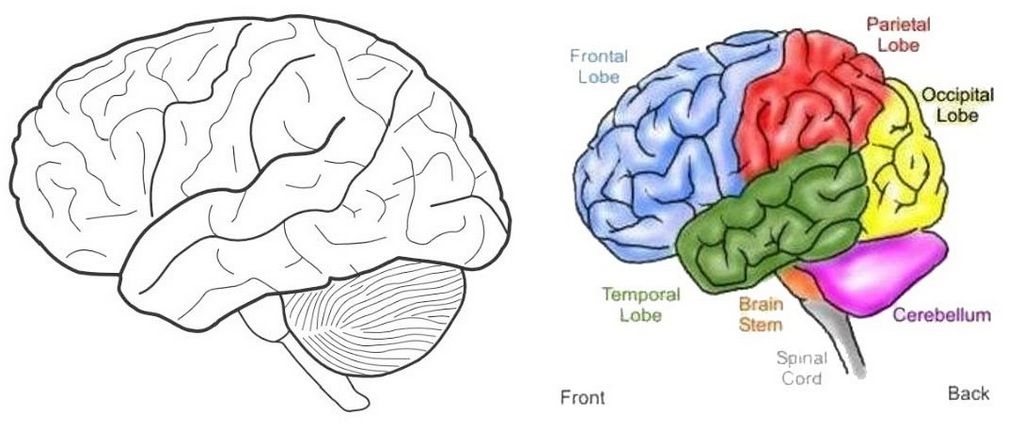
Shitstorm is a fairly well-known brainstorm that you've probably experienced before. His goal is to get rid of as many bad ideas as possible within a strict deadline.
Student Brainstorming - Examples in a Student SessionThis may seem like icebreaking brainstorming, or maybe a waste of time, but it actually frees up a lot of creativity. It's fun, it's collaborative, and best of all, some of the "bad" ideas can turn out to be rough diamonds.
Functions 💡 You will need some classroom management here as some students will inevitably drown others with their bad ideas. Either use a talking stick so everyone can voice their bad idea, or keep things in order with free brainstorming software.
#5: the reverse storm
The concept of working backwards from the outcome has solved many big questions in human history. Maybe he can do the same in your brainstorming class?
This one begins by giving the students a goal, reversing it to the opposite goal, and then reversing it. back to find solutions. Let's take an example...
back to find solutions. Let's take an example...
Let's say Mike has to do a lot of presentations for his company. His presentations are incredibly boring and usually half the audience is looking at their phones after the first few slides. So the question here is "How can Mike make his presentations more fun?" .
Before answering this question, turn it over and work on the opposite goal - "How can Mike make his presentations more boring?"
Students brainstorm to answer this reverse question, perhaps with responses such as 'make the presentation a monologue' and 'take everyone's phones away'.
Based on this, you can completely change the decisions, resulting in such great ideas as "make the presentation interactive" and "let everyone use their phones to view slides" .
Congratulations, your students have just invented AgaSlides!
Functions 💡 It can be easy for students to get off topic in this brainstorming session.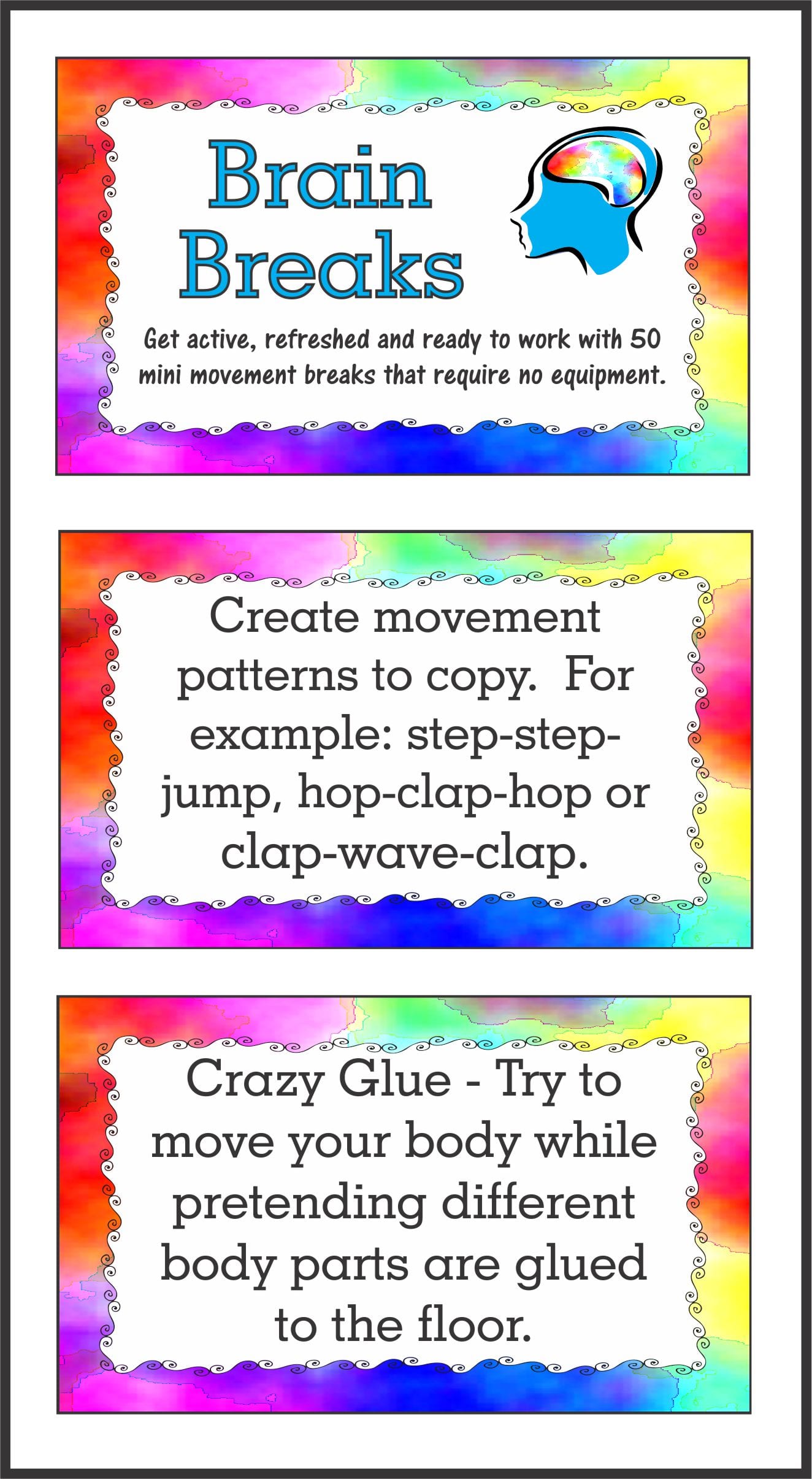 Make sure you don't ban "bad" ideas, just ban irrelevant ones. Learn more about reverse storm activity .
Make sure you don't ban "bad" ideas, just ban irrelevant ones. Learn more about reverse storm activity .
Looking for brainstorming ideas?
Use the Brainstorm Ideas for School template on AhaSlides. Free to use, participation guaranteed!
Take template
Group Brainstorming for Students
Here are 5 brainstorming sessions that students can do in groups. Groups may vary depending on the size of your class, but it is best to keep them to a maximum of 7 students if possible.
#6: Plug in the storm
If I asked you what ice cream cones and alcohol meters have in common, you would probably be puzzled for a few seconds before you come to your senses and call the police to me.
Well, these seemingly unrelated things are the main goal of Connect Storm. Start by dividing the class into teams and creating two columns of random objects or concepts. Then randomly assign two objects or concepts to each team, one from each column.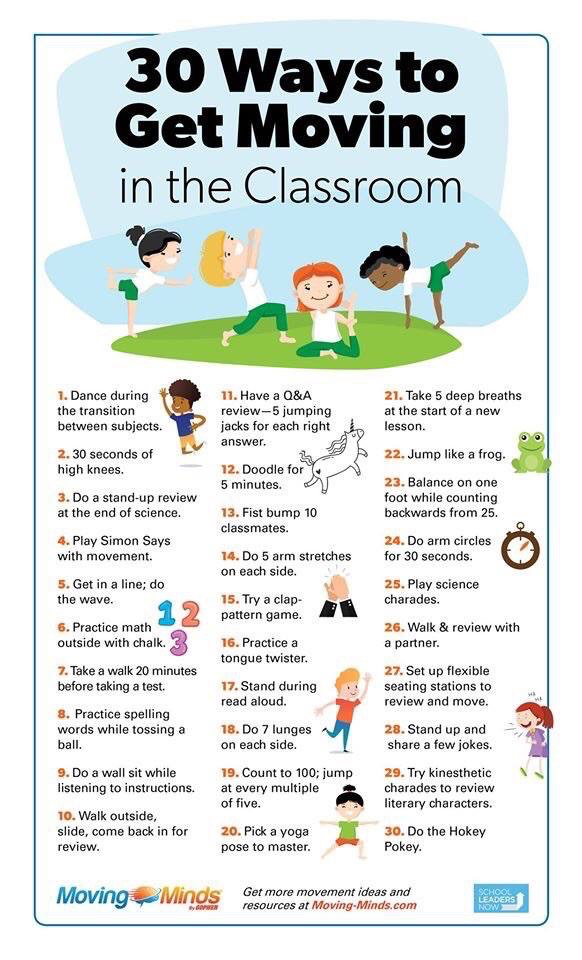
Command assignments record as many connections as possible between these two objects or concepts within the time limit.
This is great for language classes where students can brainstorm vocabulary they wouldn't otherwise use. As always, ideas should be as creative as possible.
Functions ???? Continue this brainstorming by assigning each team's tasks to the other team. The new team must add ideas to those already put forward by the previous team.
#7: Nominal group storm
One way students often get in the way of brainstorming is fear of judgment . Students don't want to be seen coming up with ideas that are called "stupid" for fear of ridicule from classmates and low grades from the teacher.
The best way to get around this is with a nominal group storm. Essentially, it allows students to submit their ideas and vote on other ideas. completely anonymous .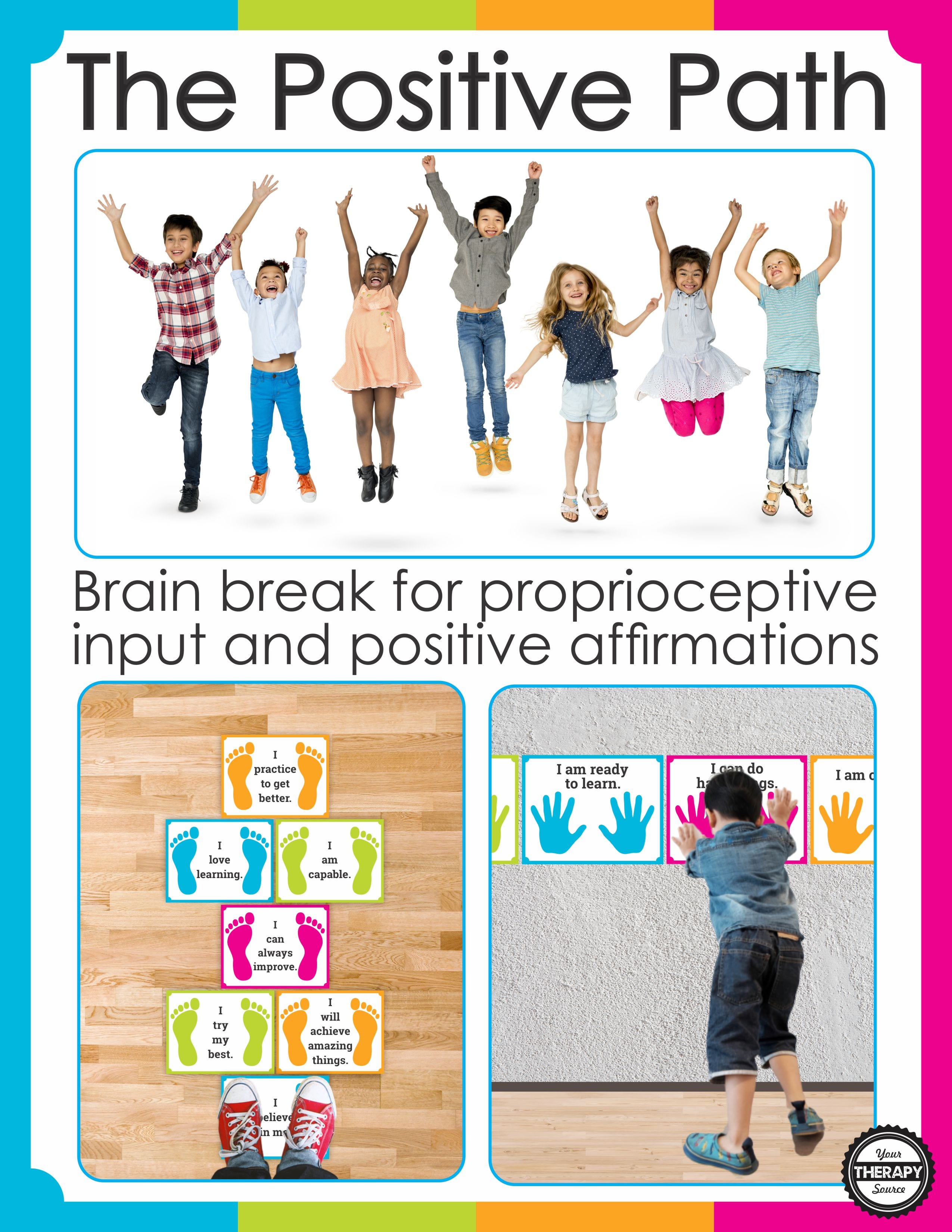
A great way to do this is to use brainstorming software that offers anonymous submission and voting. Alternatively, in a live classroom setting, you can simply get all students to present their ideas by writing them down on a piece of paper and tossing them into a hat. You choose all the ideas from the hat, write them down on the board, and give each idea a number.
The students then vote for their favorite idea by writing down the number and throwing it into the hat. You count the votes for each idea and write them down on the board.
Functions ???? Anonymity can do wonders for creativity in the classroom. Try it with other activities such as a live word cloud or a live student quiz to get the most out of your class.
#8: Celebrity Storm
For many, this is one of the most fun and exciting brainstorming sessions for students.
Start by breaking students into small groups and presenting the same topic to all groups.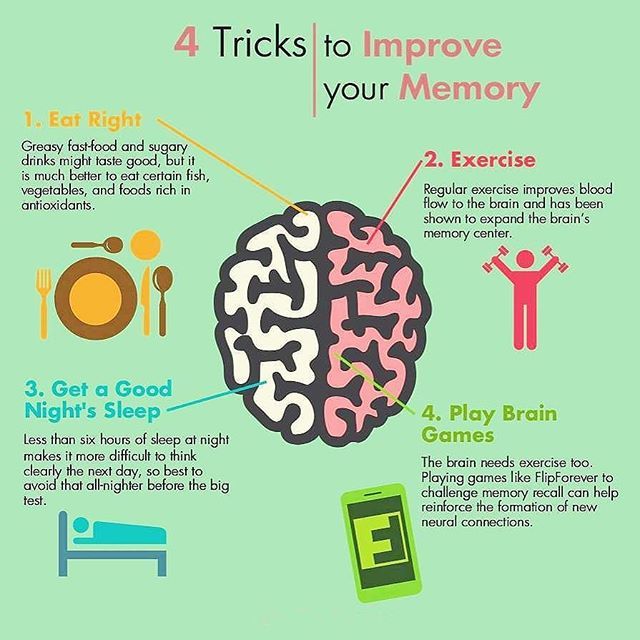 Then assign a celebrity to each group and ask group to come up with ideas from that celebrity 's point of view.
Then assign a celebrity to each group and ask group to come up with ideas from that celebrity 's point of view.
Let's say, for example, that the topic is “How to attract more visitors to the Museum of the History of Navigation? Then you ask one group: 'How would Gwenith Paltrow respond to that?' and another group: 'How would Barack Obama respond to that?'
Student Brainstorming - Pick the Right Celebrity to Get the Right AnswersThis is a great student brainstorming session that allows participants to approach issues from a different perspective. Needless to say, this is an important skill to develop in order to solve future problems and even to develop empathy in general.
Functions 💡 Keep up with youth's notions of today's celebrities by letting them choose themselves. If you're worried about giving students too much celebrity freedom, you can give them a list of pre-approved celebrities and let them choose who they want.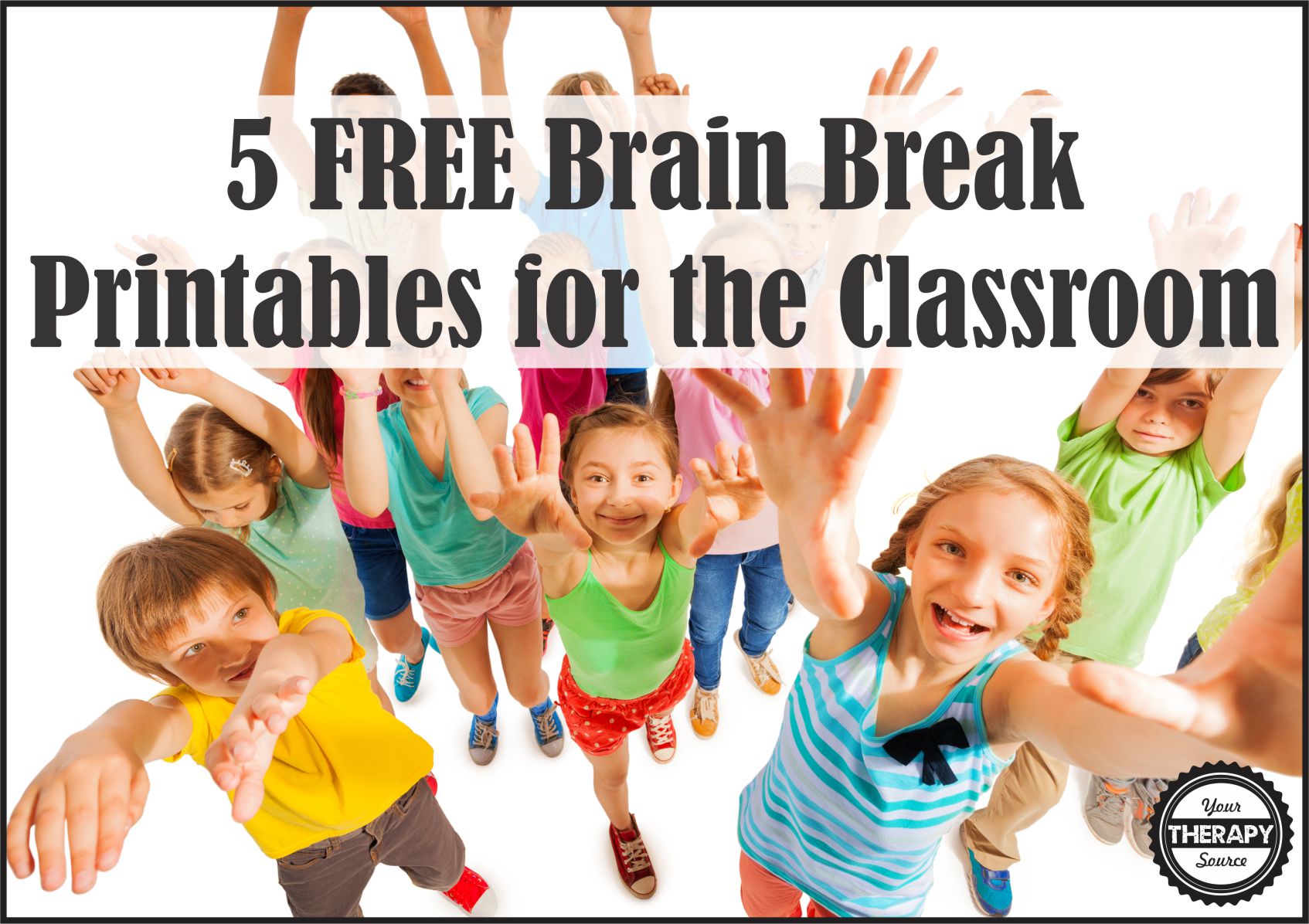
# 9: Storm in the Tower
Too often in classroom (and also at work) brainstorming, students tend to cling to the first few ideas that are mentioned and ignore the ideas that come later. A great way to negate this is to use Tower Storm, a student brainstorming game that puts all ideas on an equal footing.
Start by dividing your class into groups of 5 or 6. Announce the brainstorming topic to everyone, then ask all students except 2 to group leave the room.
These two students in a group discuss a problem and come up with some initial ideas. After 2 minutes, invite another student per group into the room who adds their own ideas and develops the ideas suggested by the first two students in their group.
Repeat this process until all students have been invited back into the class and each group has built a tower of well thought out ideas. After that, you can debate among your students to discuss each in detail.
Functions ???? Ask class members waiting outside the room to think about their ideas. This way they can write them down as soon as they enter the room and spend most of their time developing the ideas that come before them.
This way they can write them down as soon as they enter the room and spend most of their time developing the ideas that come before them.
#10: Synonym Storm
Here's a great brainstorming session for students that you might want to use in your English class.
Divide students into groups and give each group the same long sentence. In the sentence, underline the words for which students should suggest synonyms. It would look something like this...
The farmer's company was horrified to find that the rats had been eating his crops all night and left a lot of food leftovers in the garden opposite the house.
Give each group 5 minutes to come up with as many synonyms as possible for the underlined words. At the end of 5 minutes, count how many synonyms each team has in total, and then have them read their funniest sentence to the class.
Write all the synonyms on the board to see which groups have the same synonyms.
Functions ???? Sign up for AhaSlides for free to get your school brainstorming template! Click here to get started.
Using brainstorming during thematic sessions at a children's camp
12-03-2020
The brainstorming technique has long been used in various fields of science and business. As it turns out, children can also successfully reap its benefits. Consider how you can apply this technique during thematic shifts in the camp.
Is brainstorming necessary at a children's camp?
Thematic shifts imply project activities. The brainstorming technique can be used when preparing a general event, a small performance, or creating some kind of product, for example, a video, a script. It is an effective creative tool.
Brainstorming consists in generating a stream of ideas, analyzing them, choosing the most suitable ones and finalizing them together. The essence of this method is to have a lot of ideas, but their rationality and realism are secondary, because sometimes an accidentally thrown phrase of one participant can lead to a brilliant idea of another.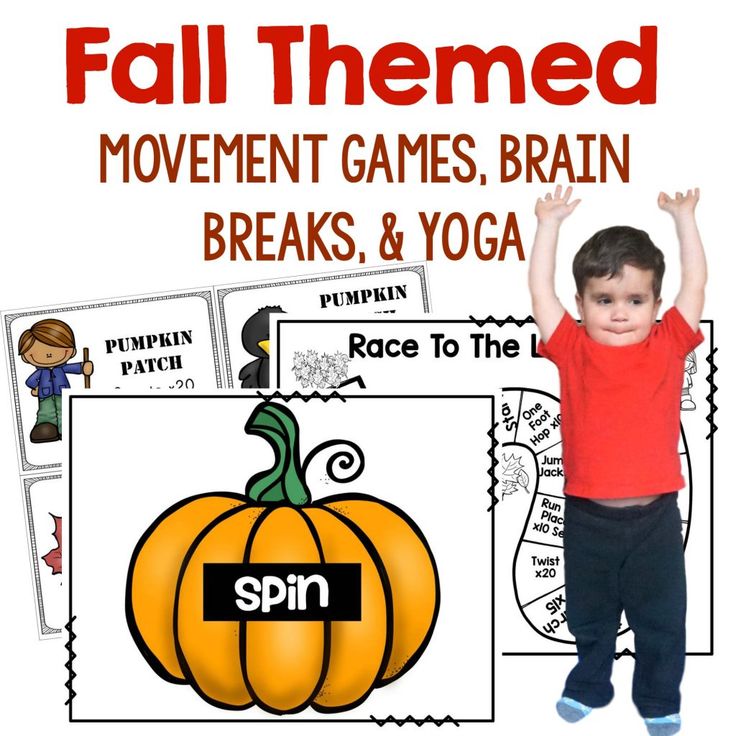
The benefits of brainstorming among children
Proper use of brainstorming helps children to:
- remove communication barriers;
- become more relaxed, creative;
- unleash your creative abilities;
- get rid of the fear of making a mistake;
- learn to negotiate;
- achieve your goals by working in a team.
The use of this technique in a children's summer camp will help children learn how to properly conduct a discussion, interact with peers. And it's also a lot of fun. The task of the counselor is to make sure that during the brainstorming there are no conflicts, and the atmosphere is positive.
Basic rules for brainstorming
The following roles should be distributed within the team:
- secretary - a person who will write down all voiced ideas;
- time-kipper - this participant will have to keep track of time, periodically remind the rest of the team how many minutes are left before the end of the discussion;
- moderator - his role can be taken by the counselor, but you can also entrust the responsibility to ensure that there is no criticism in the team, one of the children.

Here are some brainstorming rules to follow:
- All ideas are welcome. The goal of brainstorming is to collect as much material as possible that can be analyzed.
- Criticism is prohibited. You cannot criticize or ridicule someone else's opinion. This important rule contributes to the creation of a safe zone in which all children will feel comfortable.
- There is a time limit. You must first set a time limit during which brainstorming will take place, for example, 30-60 minutes.
It is important that an experienced counselor works with the team, who will see in time that the ideas have been exhausted, burnout begins. With the help of leading questions, involving those who were more silent in the discussion, the team will break out of the stupor and find a creative solution.
Summer holidays 2020 at Submarine Camp
Invites you to the summer shift at the children's linguistic camp Submarine Camp in the Nizhny Novgorod region.